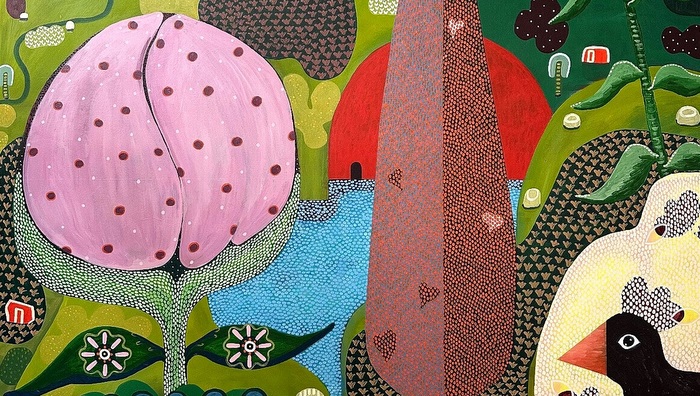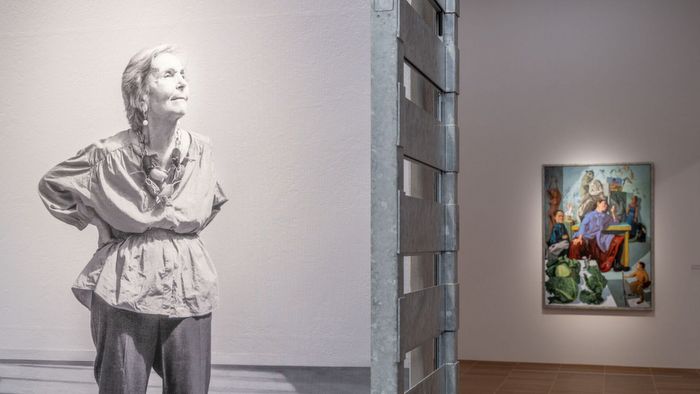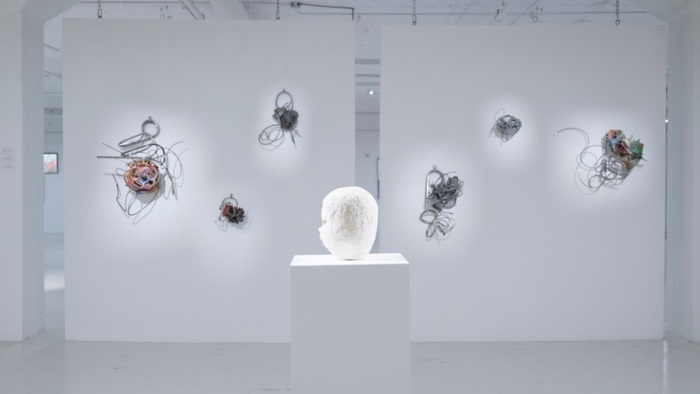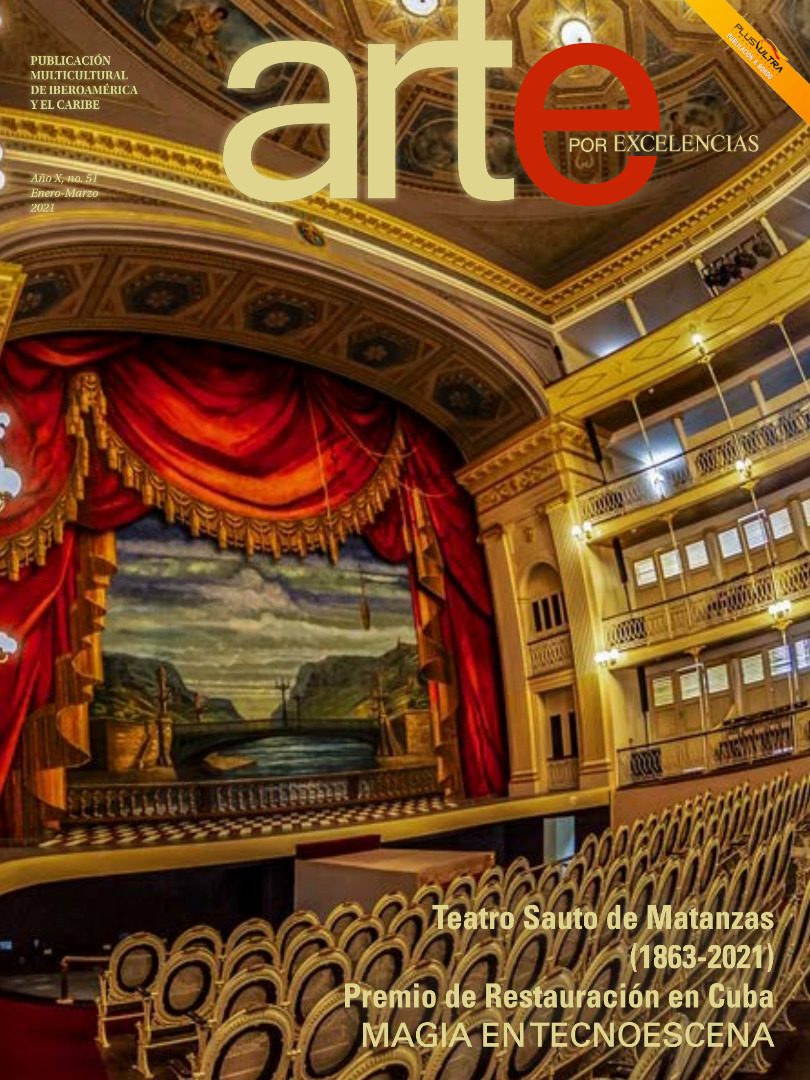The Portuguese-British artist Paula Rego (1935–2022) ranks among the foremost and most exciting figurative painters of recent decades. The Kunstmuseum Basel mounts her first exhibition in Switzerland, showcasing key works from the oeuvre she built in over half a century.
The fabulous world of Portuguese-British artist Paula Rego enthrals us with a frenzy of images, replete with cryptic humour, and as frankly dramatic as they are poignant.
Rego’s oeuvre commands enormous power, above all where the fates of women are at stake. Figures, who in Walt Disney’s world represent perfect princesses or otherworldly witches, are in Rego’s hands depicted as perfectly natural women. In her work, it is women – nurturing, aiding and coping with everyday life – who merit portrayal. One thing never featuring in her works, however, is the happy end. Throughout the decades, Rego has crafted complex, highly charged scenes of nightmarish proportions, revealing profound insights into human relations, into the dynamics of social, political and sexual power. The Neue Zürcher Zeitung referred to her artworks as “crime scenes."
Paula Rego was born in Lisbon. Faced with Antonio de Oliveiro Salazar’s dictatorship, her father decided that Portugal was no country for women. Beginning her studies in London, Rego settled there permanently in 1975. At around this time, she began creating visually striking works using brushes and pastels: Highly derisive, satiric, and theatrical and with an uncanny instinct for storytelling, her subjects are entrapped in fantastic or distressing worlds, plagued by the experiences and conflicts our society continues to inflict on women. In her art, Rego explores such topics as tyranny, England’s participation in the Iraq War and the strengthening of abortion laws. Her pictorial worlds are distinctive, chilling and frequently brutal, unleashing a tremendous maelstrom, at once magnificent and alarmingly timely.
Rego has long since achieved stardom in Portugal and the United Kingdom. This comprehensive, special exhibition at the Kunstmuseum Basel is the first ever presentation of her oeuvre in this country. Her cosmos of paintings, mannequin-like objects and graphic works is on display in a series of thematically arranged rooms all of which are loci of power struggles, of the Self, of the privacy of family, of relations between the sexes and of political violence.
Source: Kunstmuseum Basel
Related Publications

Exhibition Lucas Arruda Deserto-Modelo
May 02, 2025
GR gallery: "Arcadia"
April 30, 2025












